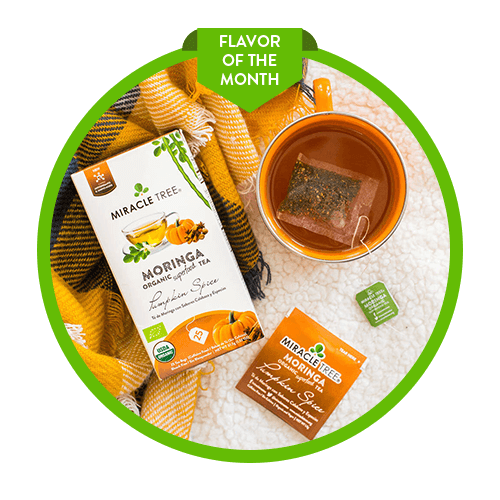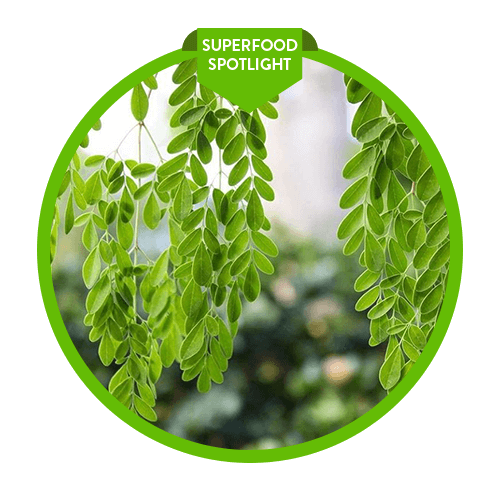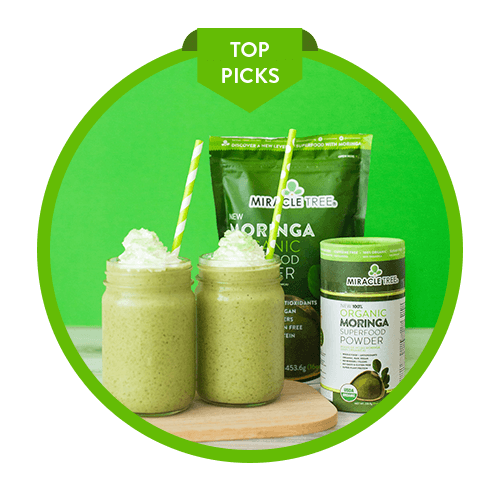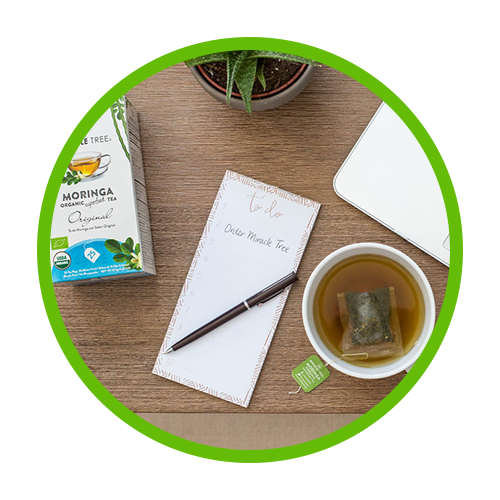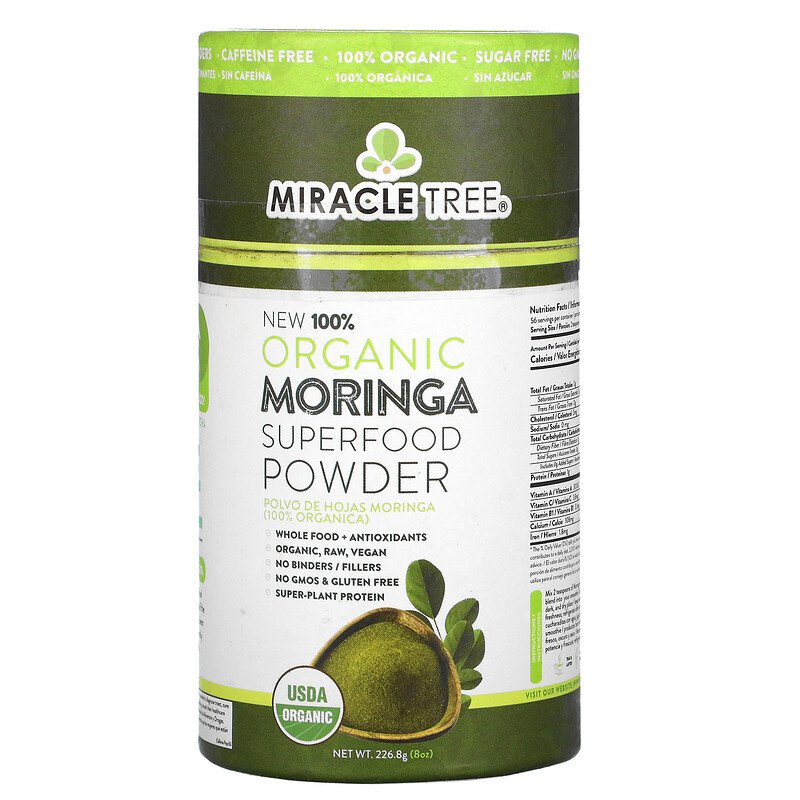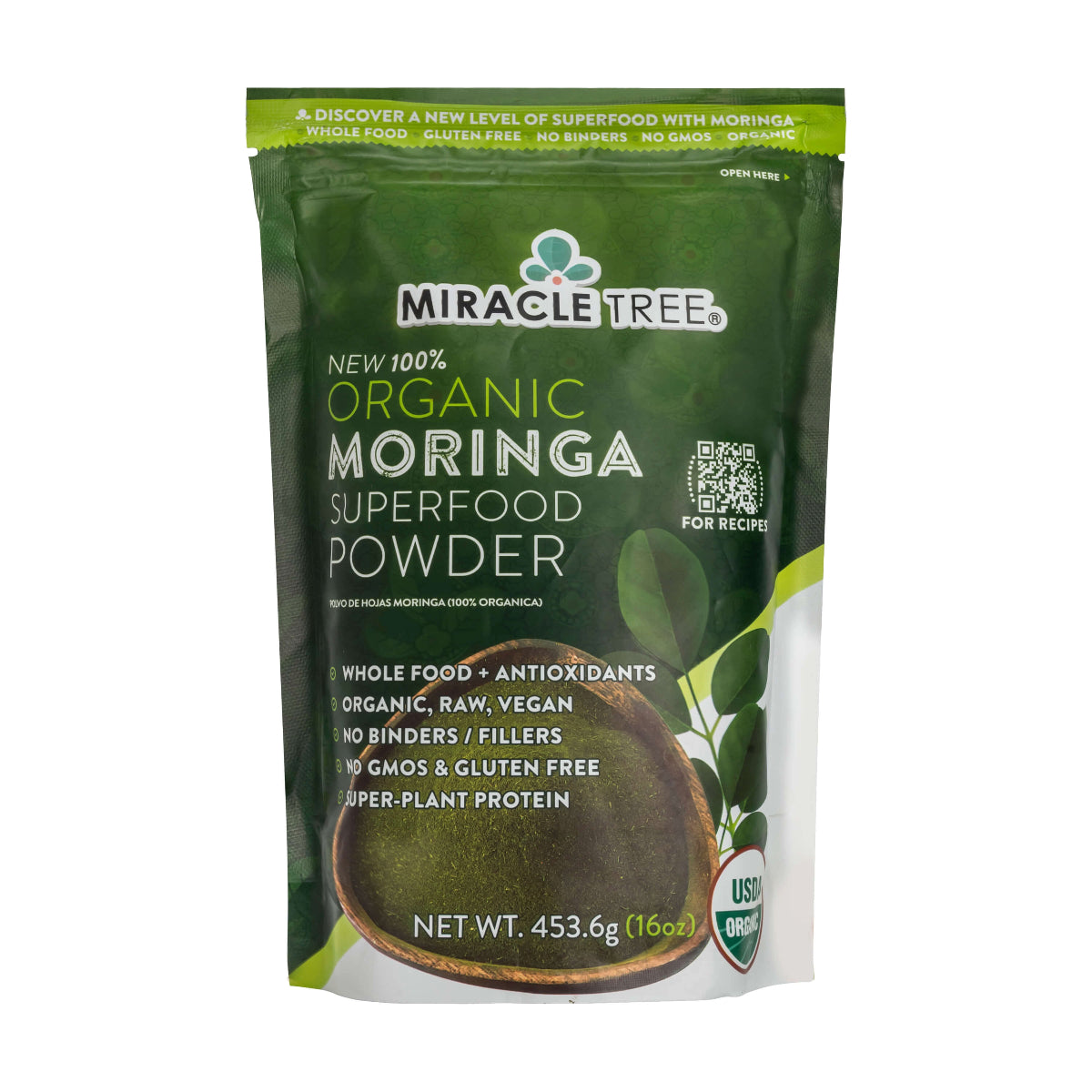We tell you why moringa replaces kale as a top superfood
Moringa, which you may know as the drumstick tree, is front and center in the health and wellness world and can often be compared to its similar-looking companion, kale. Both are green in color and are categorized as top superfoods. A 2014 article by TIME.com called kale a health food, and not a superfood. Many others, like chia seeds and goji berries are also just health foods—yes, they’re nutritious and delicious, but there is nothing ‘super’ about them. Moringa oleifera, on the other hand, is truly a top superfood. It checks all boxes to be called a superfood—it is gluten-free, high in protein, low in fat, contains omega-3 fatty acids, and is rich in antioxidants, fiber, folate and phytonutrients. To better understand why moringa is the new, better kale, we dig deep into the benefits of these top superfoods.
KALE
Kale has been considered a top superfood and one of the most nutritious plants in the world. With its dark green color and large fluffy leaves, it even looks nutritious. It has a slight resemblance to other cruciferous vegetables such as broccoli, cauliflower and brussels sprouts. It has a bitter taste but is a versatile ingredient in the kitchen—it can be steamed, boiled, fried and even eaten raw. With each year passing, the popularity of this superfood is only growing. You can find it everywhere—not just at a farmer’s market, but also at your nearest big box store. It is mostly harvested in the United States and some parts of Europe. Nutritionally, kale is a powerhouse. It is rich in antioxidants, which can help to prevent cancer, may lower cholesterol, can increase cardiovascular health, is anti-inflammatory, detoxifying and aids in digestion. Kale’s vitamin and mineral content is pretty impressive too. This top superfood is high in protein, calcium, iron, beta carotene and vitamin C.
MORINGA
Moringa is the resilient “miracle tree” that is often overshadowed by kale. Moringa leaves come from a tree in the Indian subcontinent and can grow up to 15 feet in its first year of life and in the most barren conditions. The trees of this top superfood can survive drought and subtropical temperatures, while retaining their nutrition. Historically, moringa has been called the “tree of life”, “mother’s best friend” and the “never die tree.” From the roots to the leaves, every bit of the moringa tree is edible. In comparison to other top superfoods, moringa is packed with health benefits—the leaves have seven times the amount of vitamin C as an orange, three times more potassium than bananas, nine times the amount of iron than spinach and four times more calcium than milk.
Similar to kale, moringa leaves are high in iron, protein, calcium, vitamin C and beta-carotene. However, moringa contains three flavonoids that kale does not. The flavonoids are said to possess excellent anti-inflammatory properties, and may help aid many ailments and health issues. Moringa can also be used to make delicious teas, which isn’t an option with kale. Miracle Tree offers a variety of Moringa Herbal Teas that will enhance your tea-sipping experience. From chocolate to mango, find a flavor that suits your taste buds.
While both greens offer great health benefits, when it comes to nutrient value, moringa is the clear winner.

